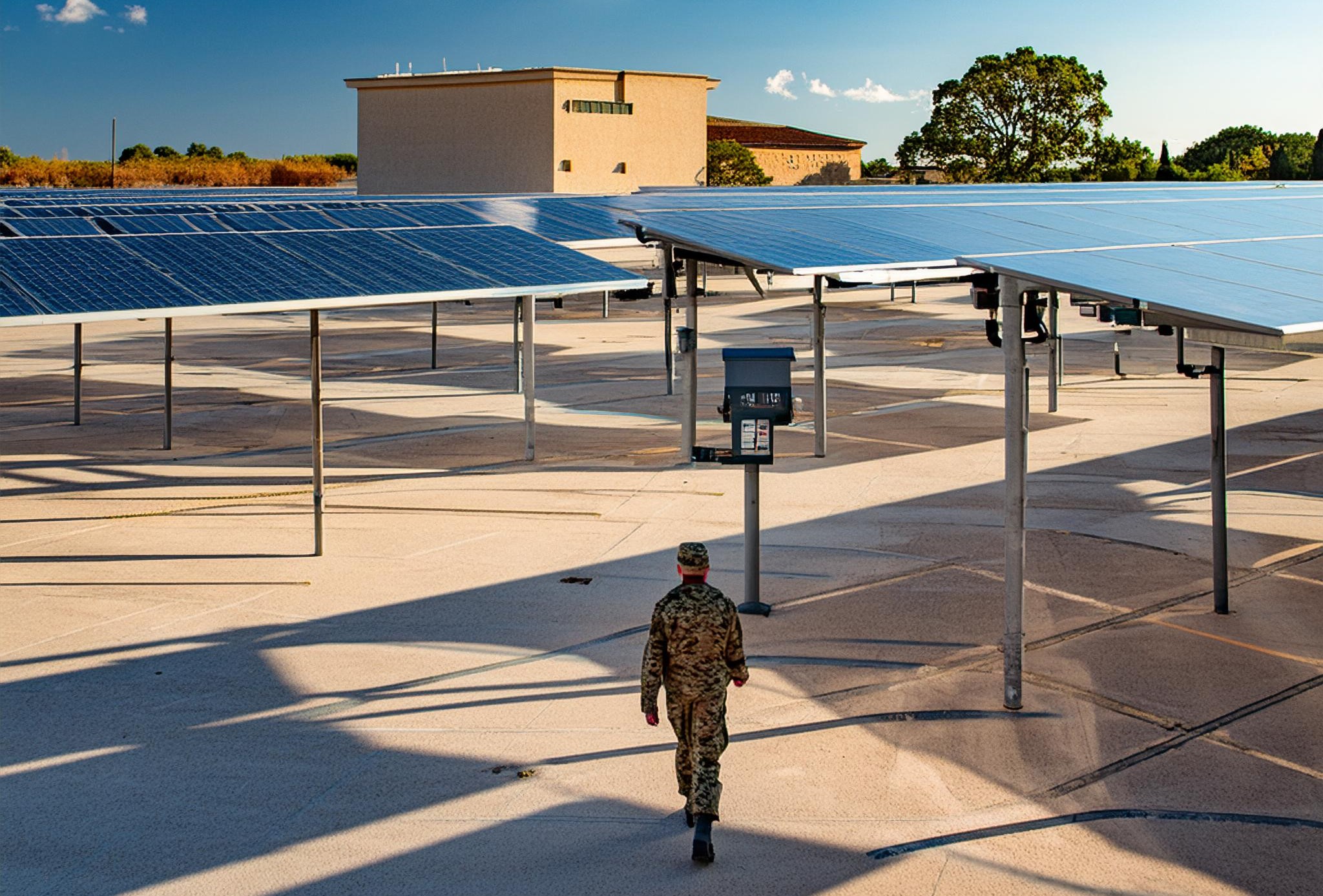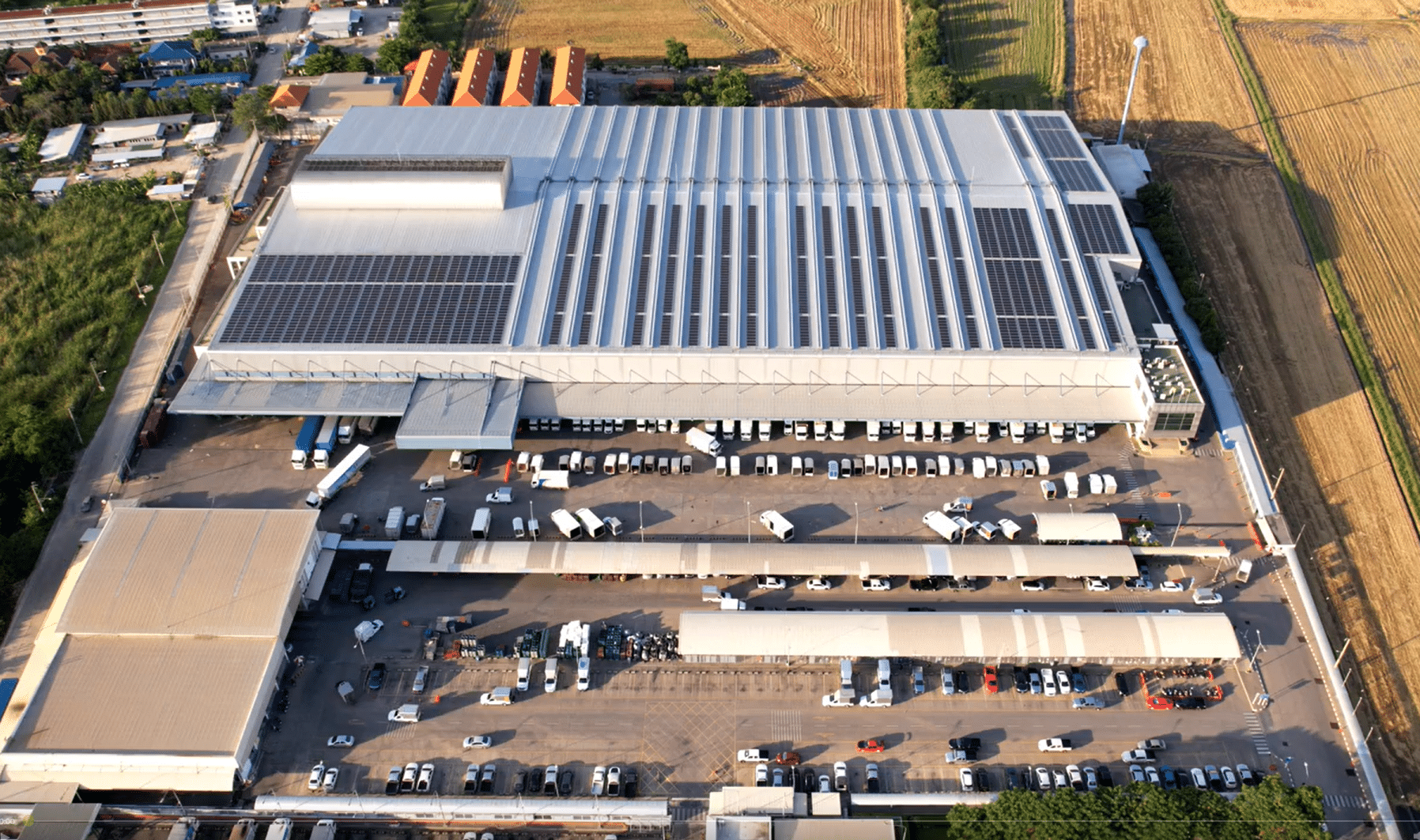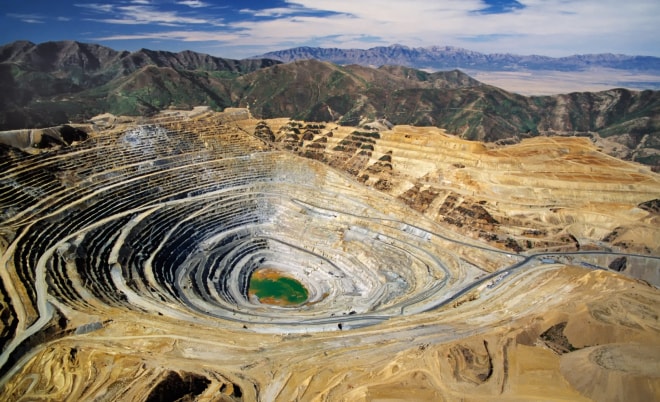This article first appeared in AFCOM’s Journal Publication.
The world as we now know it runs on data. Although data centers no longer are the “energy hogs” of a decade ago thanks to energy-efficiency improvements and sustainability commitments, their power requirements are still quite significant. Whether hyperscale, colocation, or enterprise data centers, they all must keep up with an astounding volume of data for networking, storage, and/or high-speed computing. Accordingly, some estimate that “the IT sector’s electricity demand will grow by 50% by 2030.”
The burning question is whether the grid can keep up with the industry’s power capacity requirements to support and maintain availability and redundancy needs, especially while utilities are trying to balance many other competing demands for reliable energy from manufacturers, commercial EV fleet owners, smart building operators, and more.
Will the traditional grid really be able to welcome widespread digital transformation across sectors given that the way we power these advancements is fueled by 20th-century technology?
Indeed, that is a relevant question since at least seventy percent of all transmission lines are in the second half of their 50-year lifespan. In fact, the American Society of Civil Engineers gives America’s energy infrastructure a C-minus.
Better managing energy capacity with microgrids
Fortunately, advancements in microgrid technology — and business models that facilitate rapid deployment of such complex on-site energy infrastructure — allow data center owners to adopt a “behind-the-meter” approach to their energy needs. What does this mean? Microgrids are self-contained electrical networks that draw from on-site energy sources (e.g., solar, fuel cells, and energy storage). As such, they supplement grid availability to keep the data center online in the case of a grid outage, working in concert with UPS, energy storage, and back-up generators.

Conceptually, a microgrid allows you to control your own energy destiny as a data center owner by ensuring that you can scale up or build the energy capacity you need to operate your data center and — just as important — always have reliable access to that capacity. Microgrids enable more resilient and sustainable data centers.

Other sectors already have created successful microgrid deployments, paving a proven way for data centers to leverage on-site, clean, and available energy technologies for availability, sustainability, and resilience — all while deferring the CapEx demand of more widely adopting distributed energy resources (DERs):
- Commercial / industrial manufacturing and intensive-energy industries, where the drivers are system uptime, decarbonization, and energy availability.
- Life sciences, where the drivers are energy resilience and low-carbon emissions.
- Transportation, where the driver is decarbonization, energy availability, and resilience.
We need to accelerate the same mind shift in the data center sector. Of particular concern for data center stakeholders is that “distribution infrastructure struggles with reliability, with 92% of all outages occurring along these segments.” According to the Uptime Institute’s Global Data Center Survey 2021, “On-site power failures were the biggest cause of downtime, with four in 10 (43%) reporting it as the leading cause.” These days, extreme weather events can skyrocket downtime from minutes to days.
In addition to energy availability and resilience, reducing greenhouse gas emissions from data centers is of critical importance. Globally, data centers, coupled with data transmission networks, contribute to nearly 1% of energy-related GHG emissions, according to the International Energy Agency. This figure doesn’t seem so bad on the surface. In order to reach a net-zero scenario, however, the sector must cut emissions in half by 2030. That’s all the while facing data center energy needs that are set to double within the same timeframe, creating a two-steps-forward, two-steps-back scenario that essentially relegates even the most ambitious data center owner to running in place.
Collectively, we can — and must — think of those seven years like a single dog year and start acting on the sector’s climate ambitions fast before this precious time is gone in an instant!
5 reasons to deploy microgrids for data centers
First, real estate. Most owners are balancing multiple criteria for selection of the location of the data center — cost and availability of land, access to the power grid, etc. Most of the prime locations in the United States have been taken — what’s left may be sub-optimal regarding access to energy capacity. Microgrids can be designed such that you’re not entirely dependent on already-strained grid capacity and/or limited by regulatory requirements (e.g., in some states, only the public utility can sell electrons to individuals using a per-electron rate).
Second, time to market. While utility companies can commit to building additional grid capacity, data center owners are beholden to the utility’s modernization schedules and, as a result, could face extended waiting time that doesn’t align to the data center’s timeline for expansion or new-builds.
Third, energy pricing volatility. There is no question that energy markets have been quite unpredictable. One economic appeal of microgrids, therefore, is their ability to deliver energy cost certainty and predictability over time, allowing for accurate budgeting for energy costs.
Fourth, massive energy needs. The projection of electricity demand from data centers between 2020 and 2030 goes from about 50 terawatt-hours up to about 3,000 terawatt-hours, a mind-boggling amount of electricity that data centers will require. This demand translates to 60 times the amount of electricity consumed by the entirety of New York City in an average year. Working in concert with the grid, microgrids can help shift energy sources to cleaner distributed energy technologies such as solar and battery storage.
Fifth, power outages. Energy reliability and resilience are at risk. As noted by the Uptime Institute in its Annual outage analysis 2021 report, on-site power outages accounted for a third of significant data center outages. Let’s face it: for data centers, availability is often the primary driver for building out microgrids. Microgrids can be designed to meet performance metrics for uptime, and they also complement technologies such as uninterrupted power supply (UPSs) and super capacitors to address concerns about power quality to ensure assets such as servers, as well as the IT infrastructure itself, achieve their full expected lifespan.
Whatever primary challenge has prompted you to launch a microgrid journey, an Energy as a Service (EaaS) business model is designed to facilitate microgrid deployments, defer CapEx spending on DERs, and shift the management of their complexity and site-specific nuances to the service provider.
A closer look at the Energy as a Service microgrid business model
So why aren’t there more microgrids? It’s simple: There are three major hurdles to overcome: capital allocation, complexity, and risk management. That’s where the Energy as a Service business model, which is an energy service agreement between the customer and the microgrid provider, comes into play. Although an EaaS business model looks and feels a lot like a power purchase agreement, it includes more expansive performance obligations and metrics than simply delivering electrons.
The EaaS business model addresses three primary drivers:
1. Capital allocation
Traditionally, the utility would build the power infrastructure required to deliver electricity to a big data center, which would pay for that electricity based on a cost-per-kilowatt-hour structure. Deploying distributed energy technologies on your property via a microgrid, by contrast, requires a significant capital expenditure item, thereby creating a capital allocation barrier to microgrid projects. An EaaS approach, however, shifts the CapEx commitments directly to the microgrid service provider (such as AlphaStruxure).
2. Project complexity
Because microgrids are site-specific projects tailored to location, energy sources, energy demand, load, and more, each microgrid project is bespoke and, potentially, complex. Not to mention that the more technologies and systems you include in the solution (e.g., mechanical systems, the central utility plant, etc.), the faster complexity moves up the scale. An EaaS microgrid model shifts this burden to the microgrid service provider to be handled by experts and digitized technologies for automating the on-site energy infrastructure.
3. Risk transfer
It goes without saying that most companies in the data center business want to be in the data center business — not the energy business. Many have become experts in this space because it is such a critical operational element to the industry. That said, though, who wants to sidestep in the energy business to operate a microgrid? The EaaS microgrid model enables risk transfer over time, shifting microgrid operational management and oversight, as well as maintenance and midterm capital refreshments, to the microgrid service provider. Energy as a Service microgrid agreements include performance obligations and guarantees.
Partnerships: the key to successful EaaS microgrid products
An Energy as a Service agreement must go beyond a signed contract and performance KPIs. The fundamental intention of an EaaS model is for the provider to be a long-term, key partner for the customer over the project’s lifecycle:
Ideation:
Such a dynamic partnership starts with identification and working with the customer to isolate their specific challenges and pain points, in turn determining how to solve them with the right technologies and financing solutions.
Design:
The data center owner and EaaS provider work together to design and build the right solution based on precise performance. This process is a very iterative one and includes identifying key performance metrics upfront. Common design elements address the following questions — the answers to which are determined in lockstep with customer stakeholders:
- What are the data center availability needs?
- What is the load profile?
- Is there load fluctuation throughout the day?
- What are the sustainability requirements?
- What is the energy profile?
- What are the cost-certainty parameters?
- What are the power quality requirements for the assets?
- How does the site’s location affect the thermal requirements of the data center and the technologies therein (e.g., cooling options)?
Operation and maintenance:
An EaaS model allows you to outsource operations and maintenance to achieve improved availability, energy resilience, sustainability, and cost savings. Even better, an EaaS microgrid provider with a digital platform — coupled with a 24/7 Network Operations Center staff who can predict and respond to the system in real time, data center owners to achieve long-term outcomes related to enhanced energy capacity, resilience, and reliability; greenhouse gas reduction; and energy cost predictability.

Conclusion: Data centers of the future
By combining microgrid technological advancements, purpose-driven funding models, and human expertise, data center owners can continue to power the global digital economy — ensuring power capacity and availability matches data demands in a responsible, sustainable, and resilient way.




